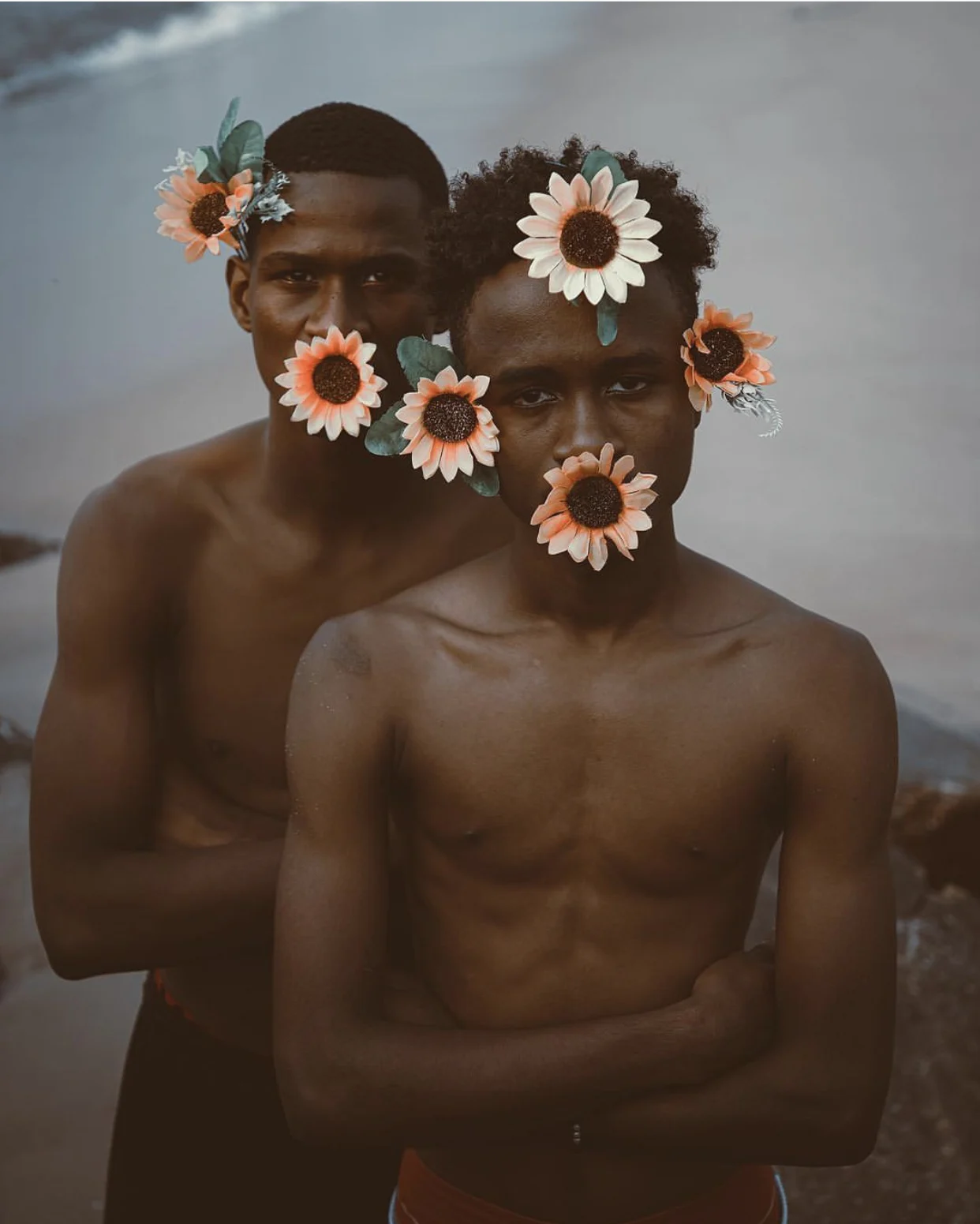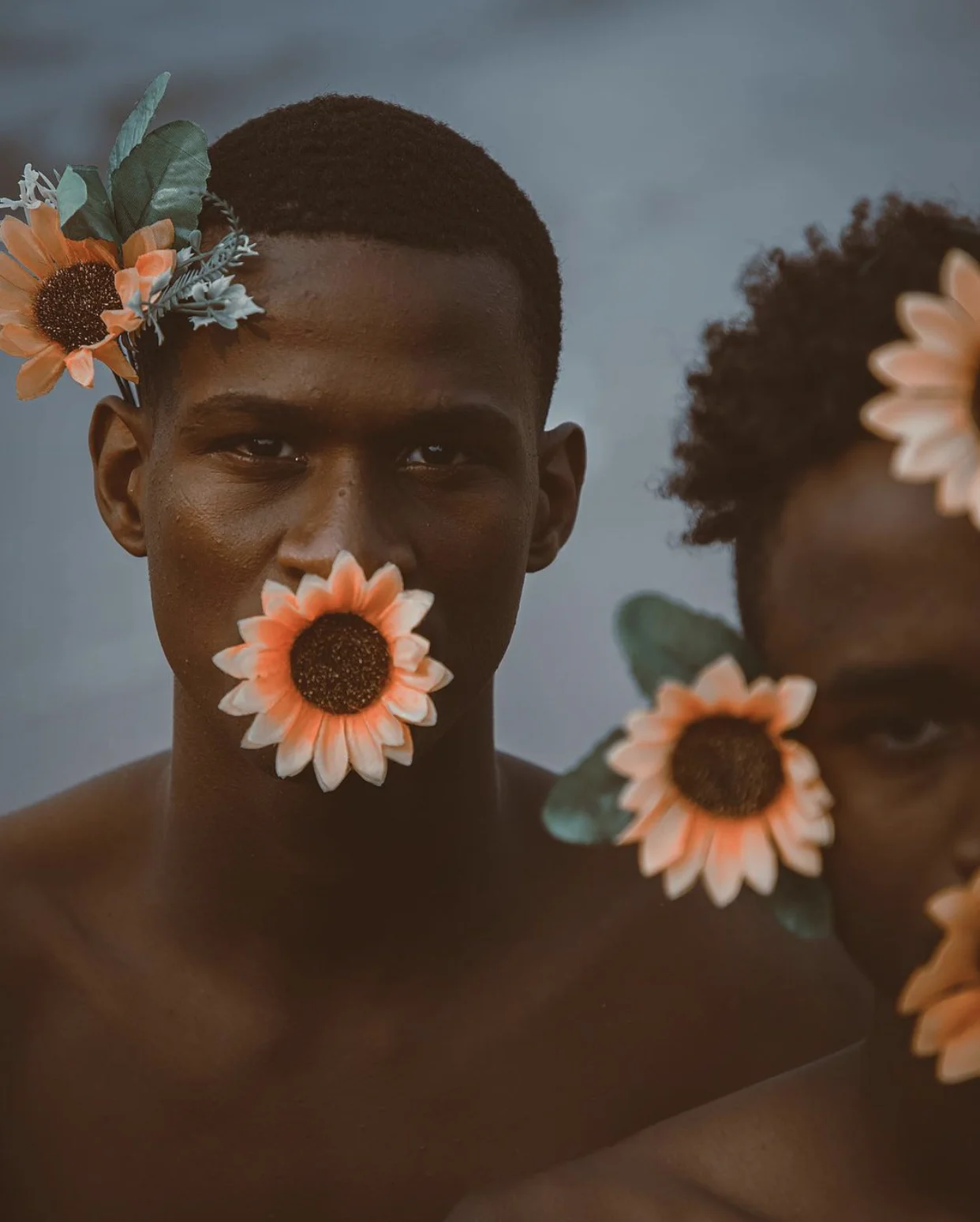

Angola is a nation still recovering from years of war and internal conflict, but photographer Kim Praise has his heart set on capturing the nation’s beauty, and the ways in which it’s evolving for the better. He tells writer Ify Obi about his favorite things about his home, and why he’s determined to paint the country—and its people—in a new light.
For the self-taught photographer and filmmaker Joaquim Chongolola Catito, aka Kim Praise, the church is a community that holds huge significance to his artistry. It was there that he took his first photograph, of a friend named Telma. “I was amazed by all the possibilities that could manifest from just one click,” Kim explains. The church’s community was the source of inspiration for the alias “Kim Praise.” “I decided to use ‘Kim,’ which is a diminutive of Joaquim—‘Quim’ but with a ‘K’. ‘Praise’ was on account of the praise music I sang while growing up in the church,” he tells me.
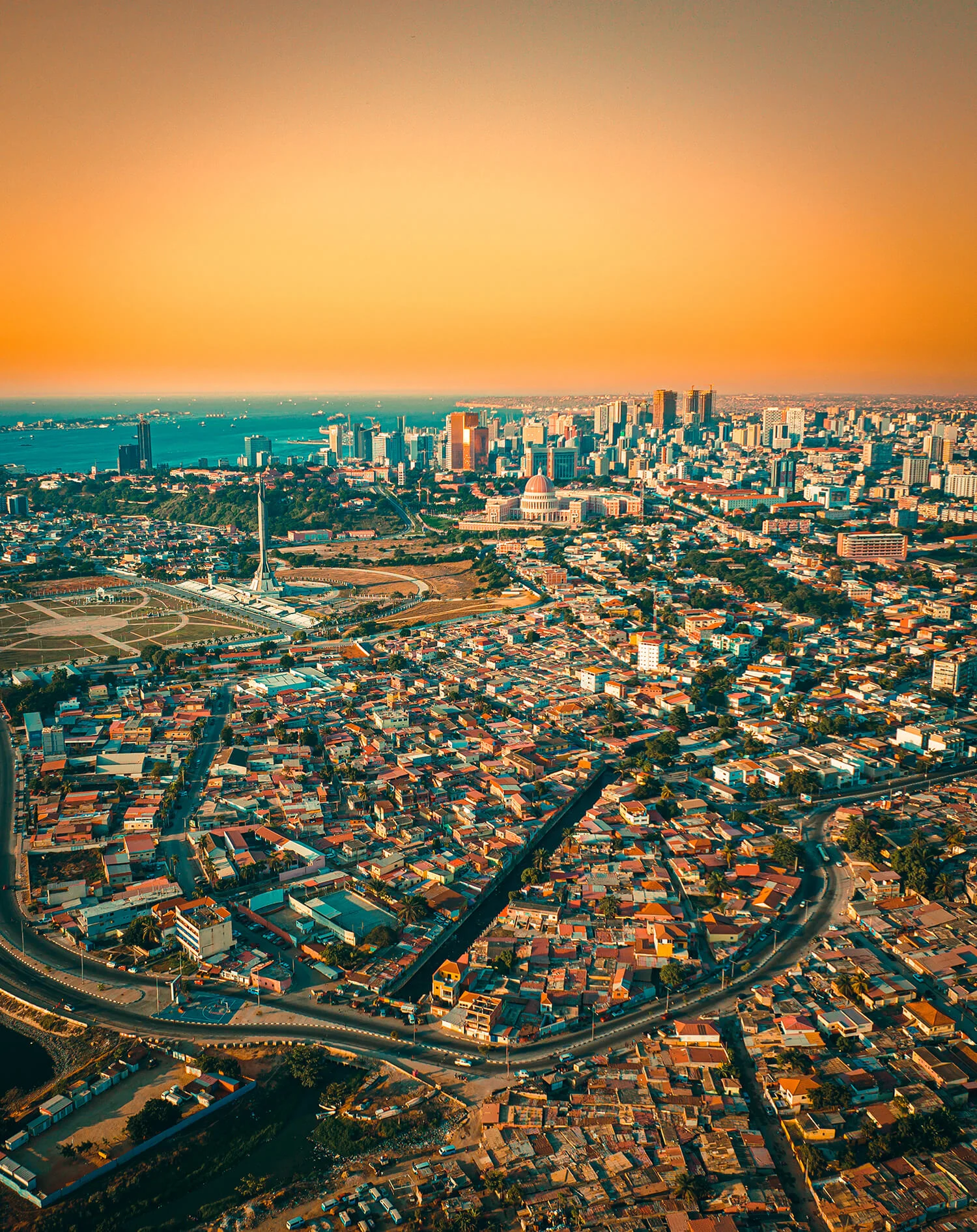
In this country, even after a lot of war and internal conflict, we still keep our heads held high.
It’s often said that there is a constant, back-and-forth relationship between people and their environment. When we make our way through the many phases of life, we offer our essence in return to this source. Psychologists refer to this phenomenon as the person-environment fit theory. It’s a synergy between humans and our communities, a reciprocal correspondence. It’s a premise evident in Kim Praise’s work. “My creative process comes from the desire to show the world how I see the things around me,” he says.
Since picking up the camera, Praise has continued to offer his essence to his surroundings by using photography as a means of reframing the narrative of his country. His focus is on amplifying the details that make up Angola’s identity as a nation. “In this country, even after a lot of war and internal conflict, we still keep our heads held high,” he says. “I want people to get to know Angola and its people.”
Landscapes

On Praise’s Instagram page, you’re greeted with vibrant images of Luanda, the coastal capital city he’s called home since leaving Benguela in 2017 to pursue his career as a visual artist. “I believe that each country has its particularities,” he notes. “For Angola, it lies in the happiness of its people, the colors, and the general human warmth.” Praise’s images tell the story of a nation and people rediscovering strength in peace and bliss.
Through his lens, you experience the cityscape cast under the light of the morning sun. You’re drawn into the colorful buzz of nightlife in the city, and enticed by its spirited tropical beaches. “There are many things I love about Angola. I particularly love the vast, beautiful natural spaces,” he says. “For anyone visiting, I recommend exploring Serra da Leba, Quedas de Kalandula (Kalandula Falls), and the Namib desert.”

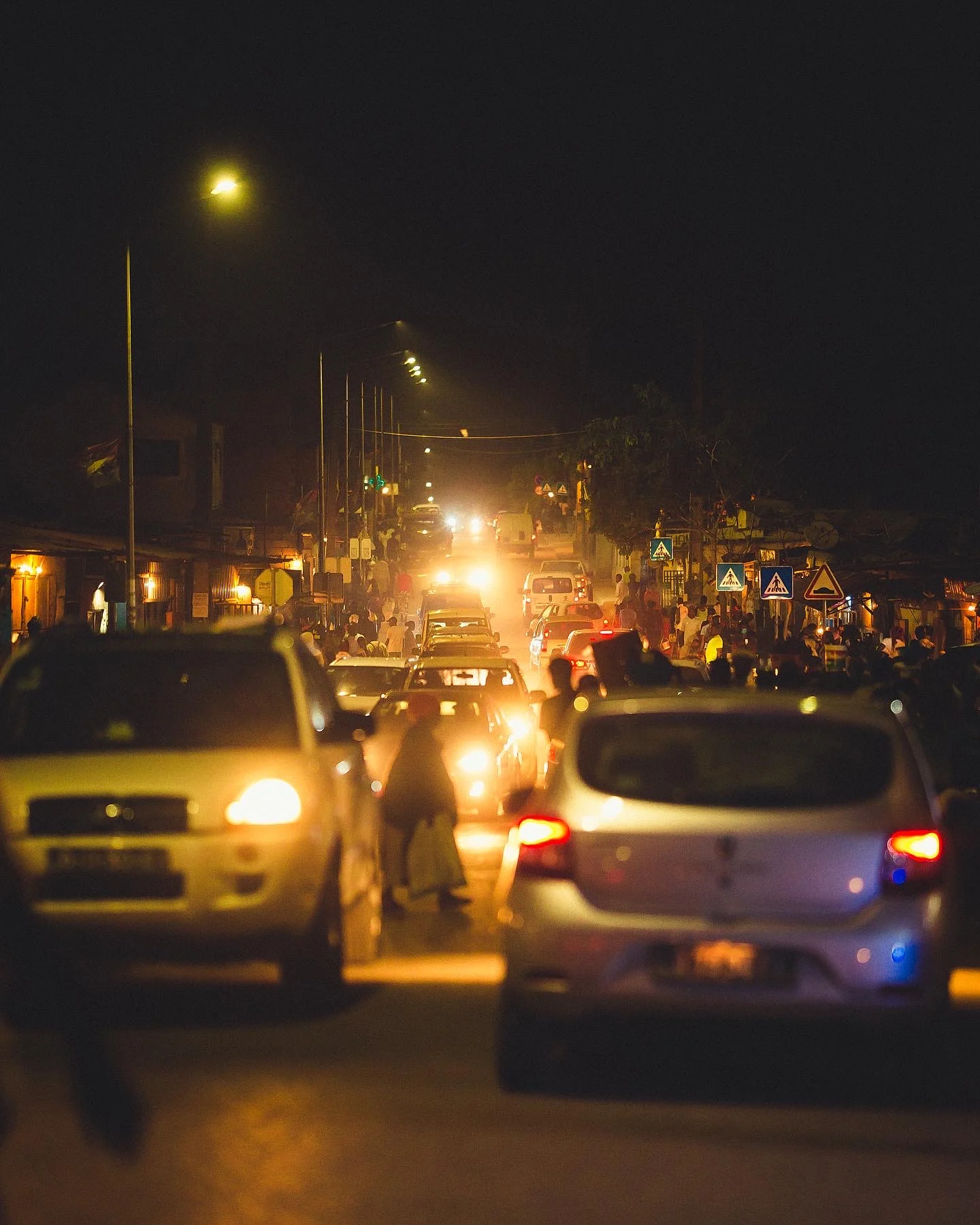
Children
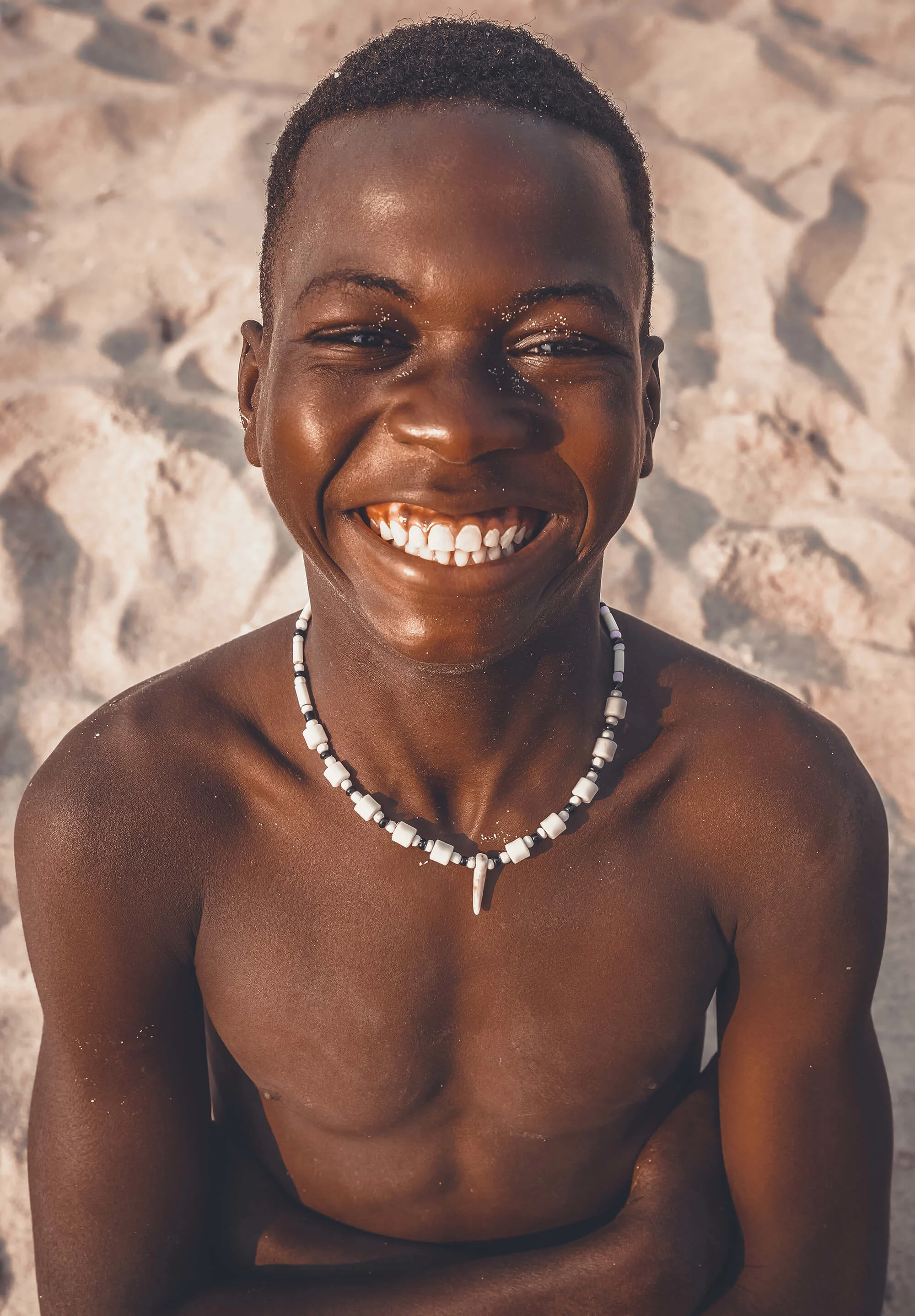
Praise refers to the children of Angola as “the future of the country.” In many ways, this is true. The southern-African country possesses one of the world's youngest populations, with 70% of its population under the age of 24. This is largely due to the 27-year war that ended in 2002.
Although the younger generation may often feel tasked with establishing and stabilizing the socio-economic prowess of the nation, Praise chooses to preserve their innocence through his work to remind the world of the beauty of youth. In a set of photos titled “The Boy and the Swing,” Praise focuses his lens on Thomas, a young boy playing with a swing in Luanda’s Corimba neighborhood. It shows the simplicity, the joys, of childhood. In one photo, he draws attention to the smile of his young subject.
“I love working with children because they have the purest look you can find in the universe,” Praise says. “That is what fascinates me the most. I wish for older people to see the world like them again.”
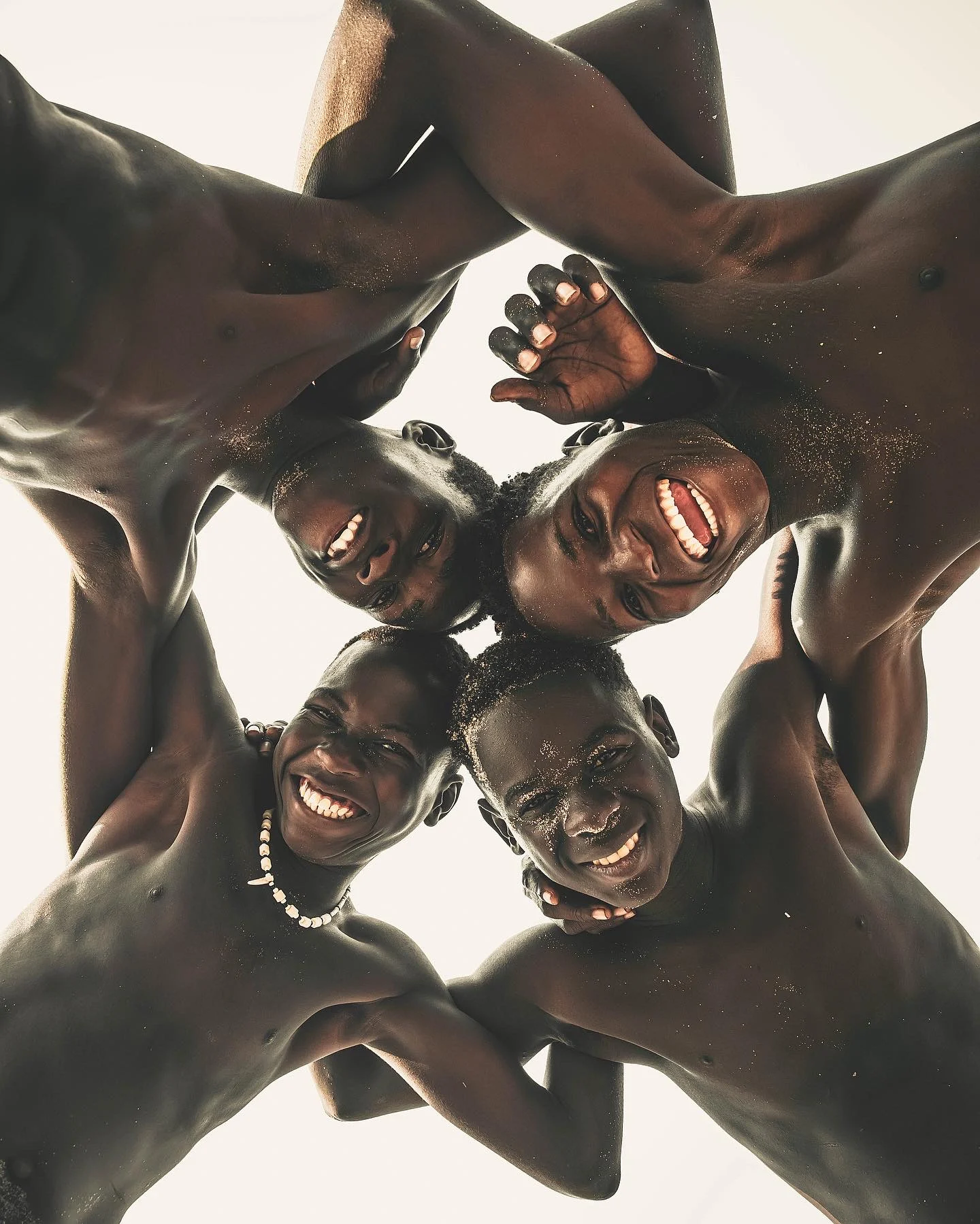
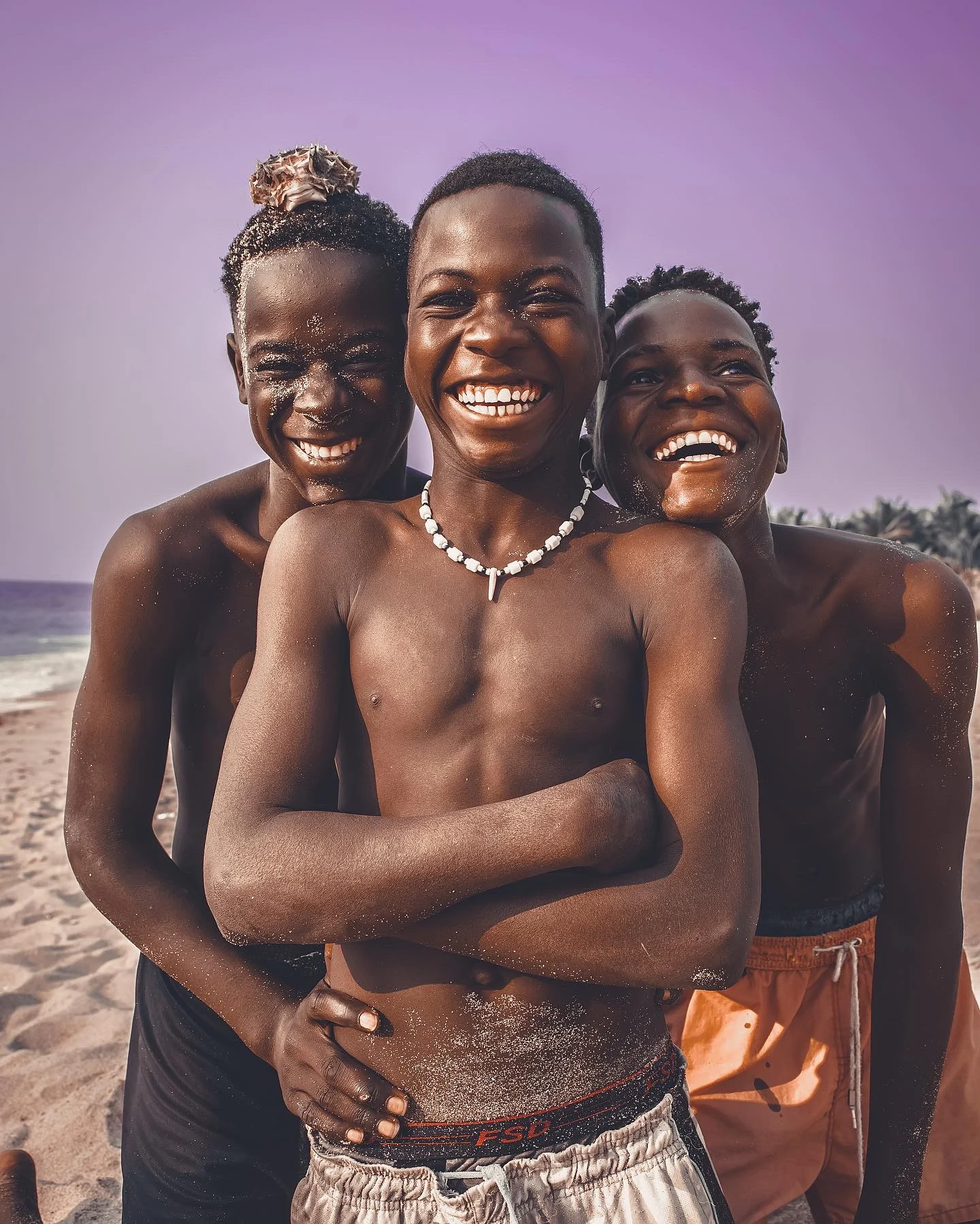
Women
Just as with the children of Angola, Praise is fascinated by the women in his home country. “In the process of photographing Angolan women, I get to learn a lot,” he says. “One such thing is their enterprising spirit.” According to a study by Statista, more than 50% of women in Angola engage in entrepreneurial activity, which is slightly above the rate of men. “They are the pillars of our nation. They work hard for the advancement of the country,” Praise says.
“Angolan women are blessed with a beauty that transcends the physical,” he continues. “You can find it in the way they dress and think.” In some portraits of the female form, he captures specific details of his subject’s features, mostly the eyes. “I try to capture the things that make them unique,” he explains. In others, he highlights their interactions with their surroundings in everyday life against the backdrop of nature.



Flowers
“Flowers mean life and growth to me,” Praise says. He utilizes flowers in his portraits by strategically placing them in the mouths and ears of his subjects. He refers to this as “a form of socio-political criticism of Angola,” in response to the lack of freedom of expression and inclusion faced by its citizens. “Here in Angola, people can’t speak freely about the bad things that happen. Instead, beautiful words are used, but at the end of the day, those words are all said in vain because they’re said out of fear. I confess, it was much worse a while ago.”
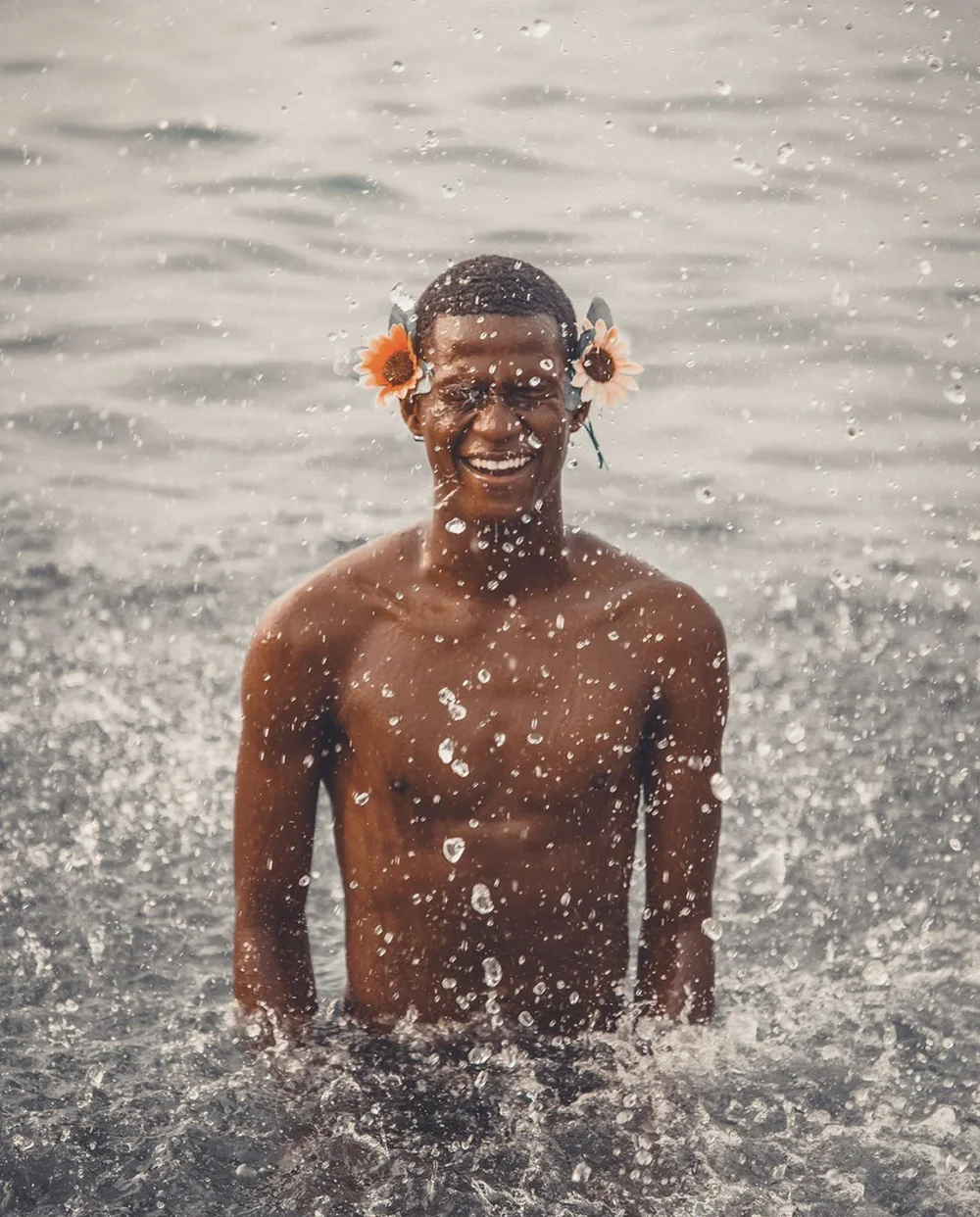
Before the election of President João Lourenço in 2017, the people of Angola lived through the 38-year tenure of José Eduardo Dos Santos. Though reports mention significant progress, the effects of bans on public demonstration, state domination of the press, and arrests of opposing voices persist.
Regardless of the setbacks, Praise remains hopeful for the future of the country and its people. “I just have so much love in my heart for Angola.”
